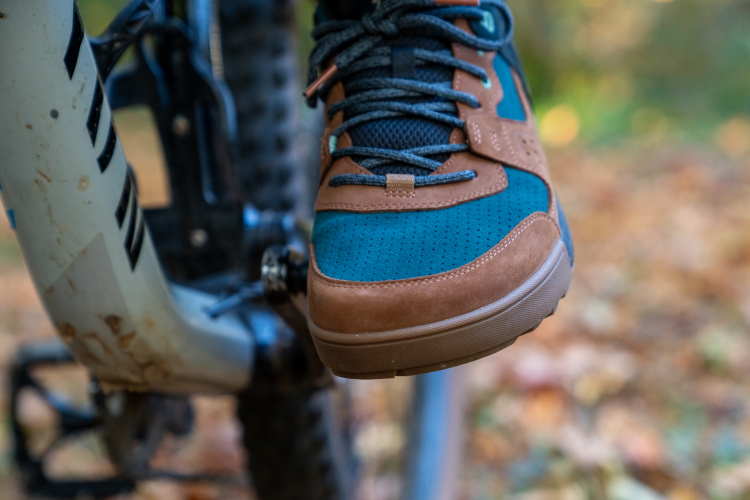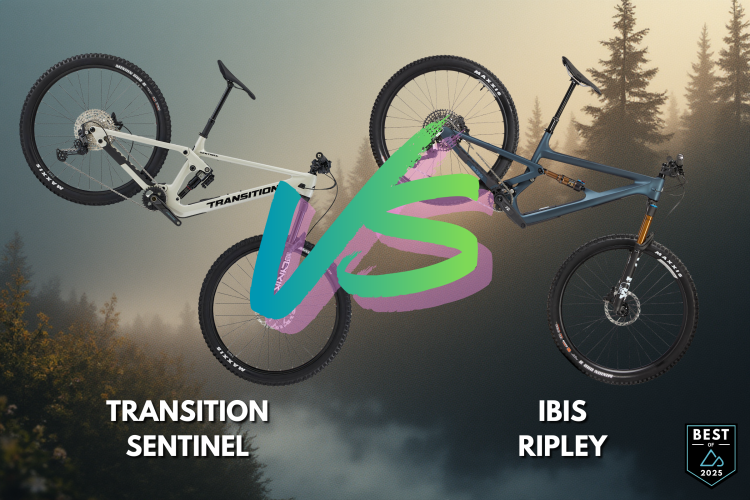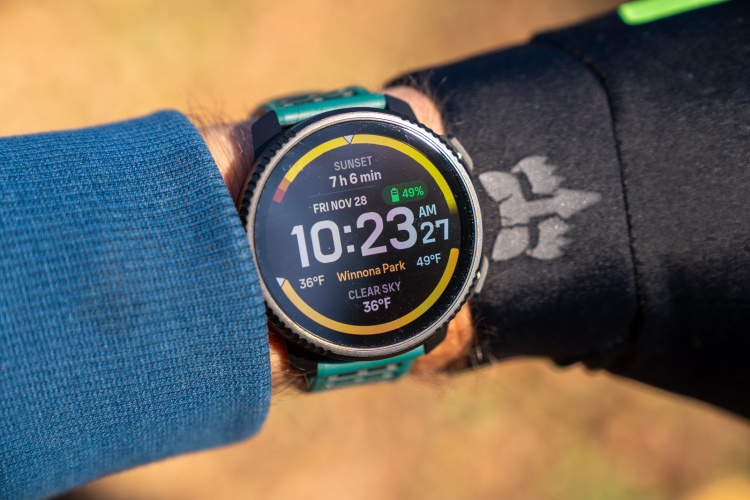
Shimano brakes have long been known for their crisp lever feel and consistent braking performance. Their all-new XTR brakes lean into that legacy while addressing some of the nagging issues riders have dealt with over the past few years, particularly bite point consistency, lever ergonomics, and pad rattle. After putting the “enduro” version of the new Shimano XTR brakes through the wringer, it’s clear this is the brand’s most refined braking system yet.
Shimano XTR brakes key specs
- Enduro, XC, and XC+ configurations are possible (enduro brakes tested)
- Weight: 115.1g (lever and handlebar clamp)
- Price: $330 front, $335 rear; $670 for the upgrade kit, which includes hydraulic fluid and both pad types (but no rotors)
- Buy from Jenson USA and Shimano retailers


More power, more control
Shimano calls the latest XTRs their “most powerful and most predictable brakes to date,” and I can’t argue with that based on my trail tests over the past few months. In terms of raw stopping power, the new XTR four-piston brakes feel roughly on par with SRAM Maven Bronze brakes, though not quite to the level of the Maven Ultimates. However, stopping power isn’t everything; improvements to brake control and consistency actually make a much bigger impression.

Shimano has switched to a different, low-viscosity mineral oil that’s orange in color. The new brake fluid is said to offer less viscosity variability across a range of temperatures, which the brand says gives the brakes a more consistent bite point.
Along with the switch to the new brake fluid, Shimano also swapped out the gaskets for seals that are selected specifically to work with low-viscosity mineral oil. It’s important to note that the new brake fluid is not compatible with older XTR brake systems. Having tested through winter, spring, and summer temperatures, I can confirm the lever feels smooth and stable across a wide range of temperatures.
After initially testing the Shimano XTR brakes on a Yeti SB140 trail bike, I moved them over to my Canyon Neuron. Shimano stuck with the same hoses and fittings from the previous generation, which made for a relatively easy setup and bleed process.

Ergonomics that just work
Based on feedback from Shimano skunkworks development riders, the new XTR brakes feature an updated lever configuration, with a slight tilt and upsweep that’s said to feel more natural under the fingers, especially once you get deeper in the stroke. The pivot point has been moved closer to the bar, which improves modulation and makes it easier to find a comfortable one-finger setup. Tool-free reach adjustment is provided at the lever, and the pull-style master cylinder design keeps the overall design compact and responsive.

I like how the updated lever feels, though I can’t say it’s noticeably different. I have big hands, so most brake controls tend to work just fine for me. But for riders who struggle to find a good fit, the updated Shimano levers should offer an improvement over previous versions.
The parallel hose routing is a small but meaningful update, and lines up with what SRAM has done with Stealth Routing across their brake lineup. The result is a cleaner cockpit, whether your bike has complicated internal frame routing or not.

Heat management and pad options
Mountain bikers tend to speak about SRAM and Shimano brakes in generalities. Shimano brakes are on/off; SRAM brakes offer more modulation. Of course, that’s a gross oversimplification, since brake feel depends on multiple factors. For riders who are feeling an inconsistent or sharp bite point with the new XTR brakes, Shimano recommends giving resin pads a try. They even include a set in the upgrade kit in addition to the stock metal pads.
I had good luck with the metal pads and didn’t feel a need to switch over to resin. The metal pads delivered excellent stopping power that comes on smoothly and consistently. I also noted how quiet the pads plus rotors are, even after splashing through creek crossings.
Shimano updated their pad design to ensure quieter, rattle-free operation. To do this, they enlarged the backing plates and ovalized the hole for the retention bolt, which is said to reduce the annoying rattle that some riders found plagued earlier versions.
Radiator fins have been updated on the premium brake pads, though Shimano engineers still emphasize that ICE Tech rotors do most of the heavy lifting when it comes to dissipating heat.
I never experienced any brake fade or a wandering bite point despite testing on some steep, hairy descents like those found on the Milagrosa trail in Tucson and Farlow Gap in Pisgah.
The brake calipers have been updated to use resin pistons instead of ceramic, which were known to crack if you used the wrong tool to spread them apart. It’s a small change, but it should ensure easier, hassle-free maintenance and durability for all.

Two-piston brakes aren’t going anywhere
Though SRAM has moved to four-piston calipers for most of their brake lineup, Shimano will continue to offer two-piston brakes in the XC line. For riders who want to add a bit more stopping power to the two piston brakes, pairing the enduro lever with the XC caliper offers a nice compromise for a light trail / XC-plus setup.
Share your Shimano XTR brakes review
Pros and cons of Shimano XTR brakes
Pros
- Great stopping power and modulation
- Neat and clean hose routing
- Easy setup and compatible with existing Shimano hoses and fittings
- Quiet operation
Cons
- Not quite as powerful as competing brakes for those who need maximum stopping power

Bottom line
This is Shimano at its best: performance-forward, rider-informed, and fully serviceable. The new Shimano XTR brakes are more powerful, quieter, and more refined than ever before, with a better overall feel and more consistent bite point.











1 Comments
Jun 5, 2025